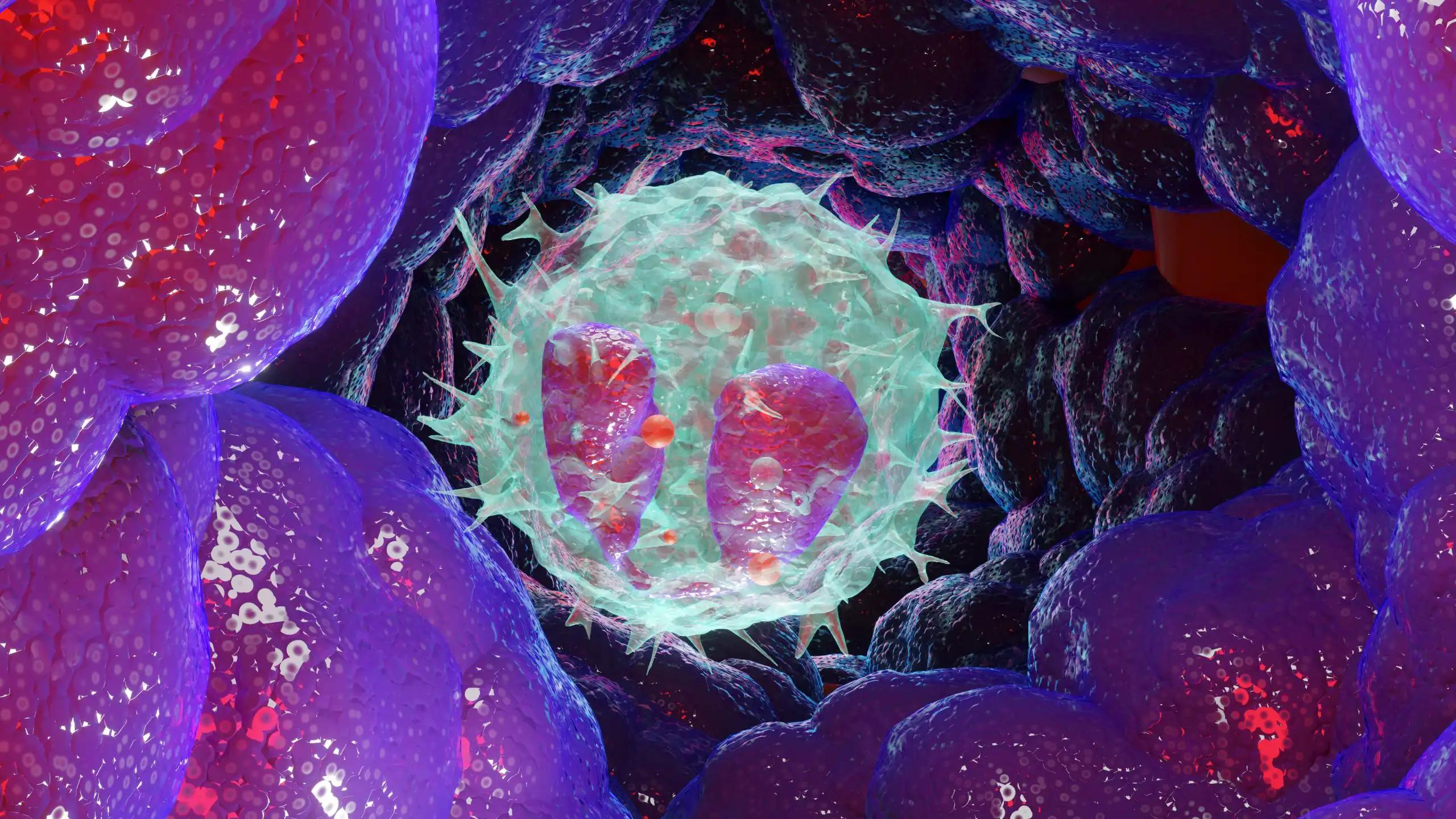KEY TAKEAWAYS
- MagnetisMM-3 is an open-label, multicenter, non-randomized, phase 2 study that evaluated elranatamab as monotherapy in relapsed/refractory multiple myeloma patients (R/R MM).
- The study’s primary aim was to assess the safety and efficacy of elranatamab monotherapy in patients with R/R MM who are naïve to BCMA-directed therapies.
- Patients were assigned to Cohort A and received subcutaneous elranatamab 76 mg QW on a 28-day cycle with a 2-step-up priming dose regimen.
- Preliminary results of the MagnetisMM-3 trial suggest that elranatamab is well tolerated with no Grade ≥3 CRS or ICANS observed in patients with R/R MM who are naïve to BCMA-directed therapies.
Preliminary safety results from the phase 2 MagnetisMM-3 trial assessing elranatamab as monotherapy in relapsed/refractory multiple myeloma (R/R MM) patients are presented. The study enrolled patients who failed previous treatments and were divided into two cohorts: BCMA-untreated (Cohort A) and BCMA-treated (Cohort B). Elranatamab was given subcutaneously at a dose of 76mg QW every 28 days, with a 2-step-up priming dose regimen in the first week. Dose adjustments were permitted for toxicity. TEAEs were assessed using CTCAE (v5.0), and CRS and ICANS were graded using ASTCT criteria.
As of Dec 31, 2021, 60 patients from Cohort A received elranatamab, with the last patient dosed ~2 months before the cutoff. The patients had a median age of 69.0 years (range 44−89), with 48.3% male, 63.3% white, 18.3% Asian, and 11.7% Black/African American. At baseline, 60.0% of the patients had an ECOG performance level of 1, and the median number of prior treatments was 5, with a range of 2–12. Elranatamab treatment had a median length of 9.57 weeks (interquartile range: 0.1–46.1), with a median relative dosage intensity of 87.4% (interquartile range: 23.1–101.4).
All patients (Grade [G] 3/4, 75.0%) reported treatment-emergent adverse events (TEAEs), with the most prevalent (≥30%) hematologic TEAEs being neutropenia (36.7% [G3/4, 35.0%]), anemia (36.7% [G3/4, 30.0%]), and thrombocytopenia (30.0% [G3/4, 21.7%]). Of the patients who received the 2-step-up priming regimen (n=56), cytokine release syndrome (CRS) and immune effector cell-associated neurotoxicity syndrome (ICANS) were reported in 58.9% (G3/4, 0%) and 3.6% (G3/4, 0%), respectively.
Of those patients, 57.6% (n=19/33) and 100% (n=2/2) received tocilizumab and steroids to manage these adverse events. Fatigue (31.7% [G3/4, 3.3%]) was the most frequent non-hematologic TEAE reported, aside from CRS/ICANS. 46.7% (G3/4, 18.3%) of the patients had infections, with upper respiratory tract infections (11.7% [G3/4, 0%]) being the most prevalent. Discontinuation of treatment due to adverse events was reported in 5.0% of patients, but no patients permanently discontinued therapy due to CRS or ICANS. The causes of 10 deaths were MM progression (n=8), septic shock (n=1), and unknown (n=1). The data is expected to be updated to include ~90 patients at the time of presentation.
The initial findings of MagnetisMM-3 among patients with R/R MM and no previous BCMA-targeted therapy indicated that administering 76 mg of QW elranatamab in a 2-step-up priming protocol was well-tolerated. No cases of CRS or ICANS in Grade 3 were reported.
Source: https://library.ehaweb.org/eha/2022/eha2022-congress/357809/alexander.m.lesokhin.a.phase.2.trial.of.elranatamab.a.b-cell.maturation.html?f=menu%3D6%2Abrowseby%3D8%2Asortby%3D2%2Amedia%3D3%2Ace_id%3D2233%2Aot_id%3D26843%2Amarker%3D1769%2Afeatured%3D17676
Clinical Trial: https://clinicaltrials.gov/ct2/show/NCT04649359
Lesokhin A, Arnulf B, Niesvizky R, Mohty M, Bahlis N, Tomasson M, Rodrίguez-Otero P, Quach H, Raje N, Iida S, Raab M, Czibere A, Sullivan S, Leip E, Viqueira A, Leleu X. A PHASE 2 TRIAL OF ELRANATAMAB, A B-CELL MATURATION ANTIGEN (BCMA)-CD3 BISPECIFIC ANTIBODY, IN PATIENTS WITH RELAPSED/REFRACTORY MULTIPLE MYELOMA: INITIAL SAFETY RESULTS FOR MAGNETISMM-3. DOI: 10.1097/01.HS9.0000846664.78859.dd



